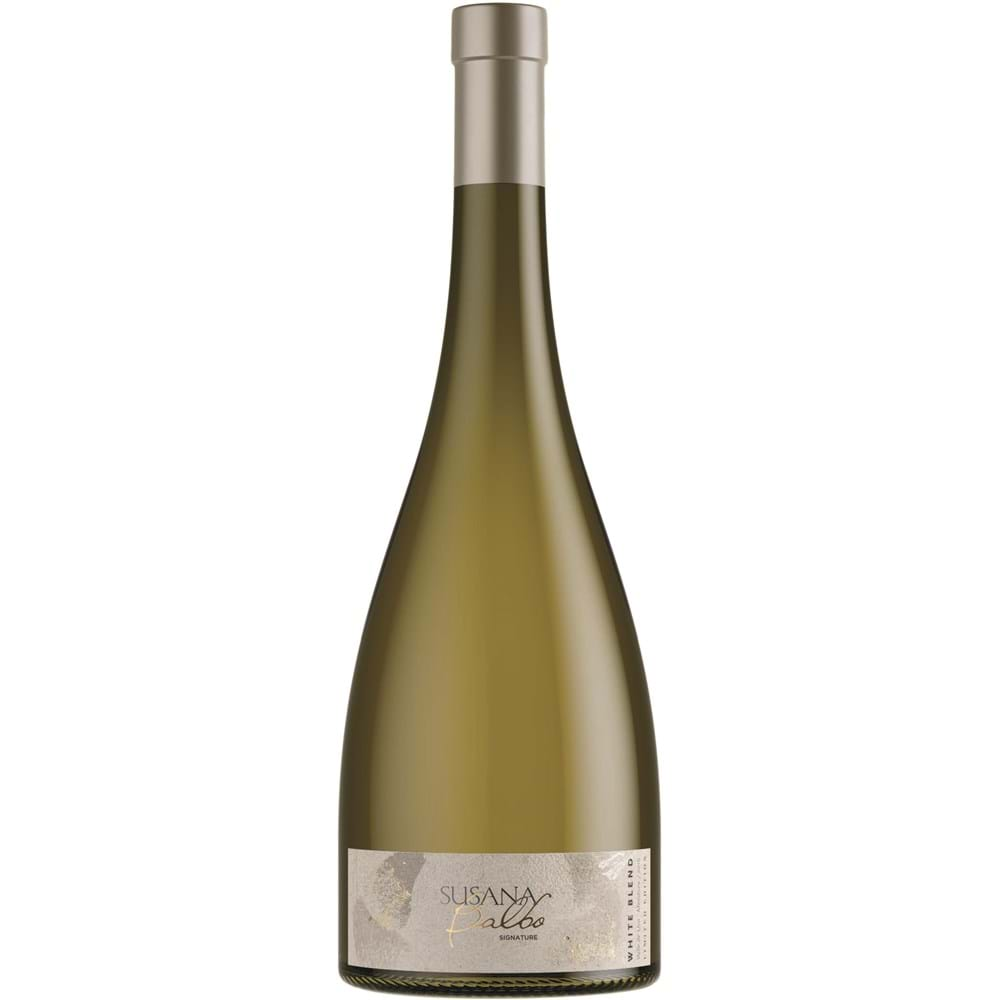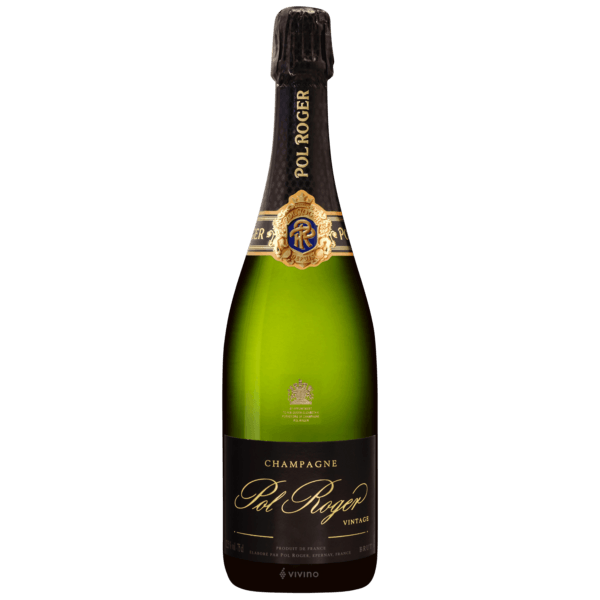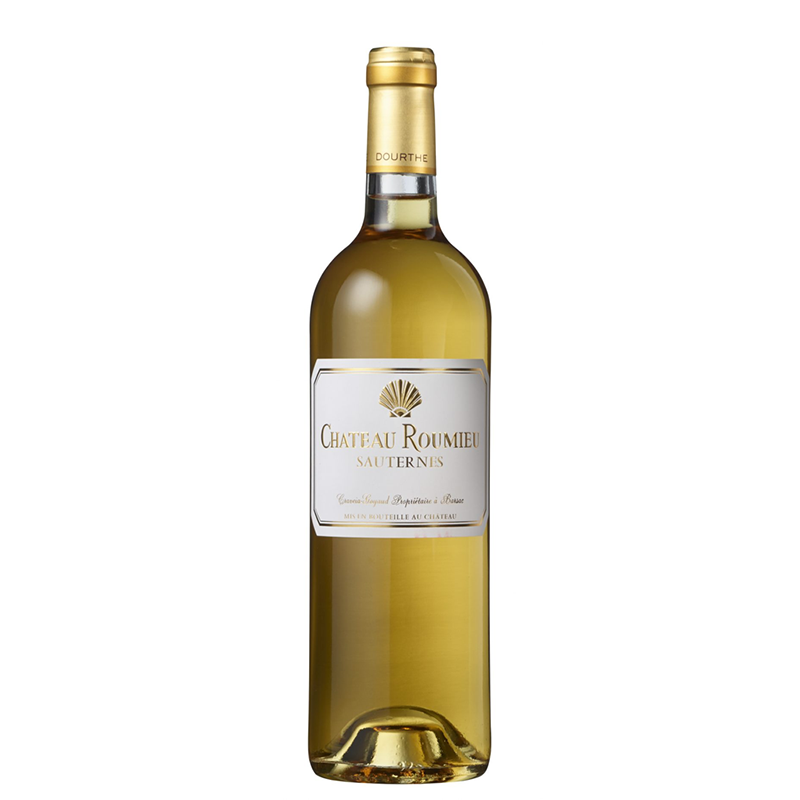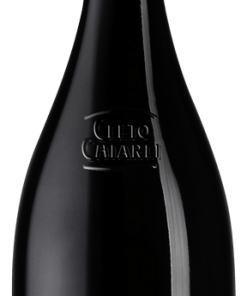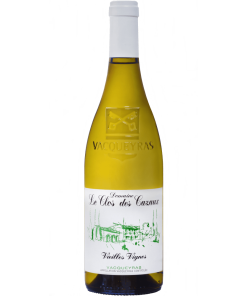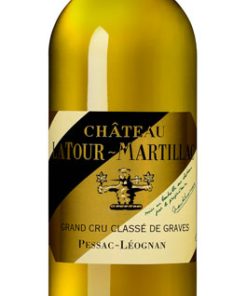-
×
 Thorn Clarke Shotfire Reserve Shiraz 2019
1 × $22.99
Thorn Clarke Shotfire Reserve Shiraz 2019
1 × $22.99
2019 Susana Balbo Brioso White Blend
$21.21
94 James Suckling
Out of stock
2019 Susana Balbo Brioso White Blend
2019 Susana Balbo Brioso White Blend A very aromatic 2019 wine with floral and citrus notes combined with touches of fresh grass, white fruits and orange. In the mouth, floral flavors, fresh and fruity, combine perfectly with the unctuousness of a perfect aging in barrels. Its finish is mineral and persistent. Great potential for aging.
94 James Suckling: Lots of citrus peel and sage, but also something flinty. Great freshness is married to discreet creaminess on the palate in a really exciting wa. Then the minerals kick in at the long, racy finish. A blend of semillon, sauvignon blanc and torrontes fermented and matured in French oak.
White Wines
The white wines that are made in Central Italy are not flashy or famous, but they can certainly be delicious. This area is known for making clean, light, white wines that are refreshing. You will not find many famous grapes grown in this region, but you will find some great values. Italian white wines can be very frustrating and confusing. They do not make many wines from grapes that most people are familiar with. However, some of the local grapes that are used can make wines that are elegant, refreshing, and fun.
A lot of the really great white wines from Central Italy are going to be simple and light. They do not have a ton of strong fruit flavors, but can often produce subtly beautiful flavors of tart stone fruits, white flowers, and often almonds. Keep your eyes open for the underrated wines of Verdicchio di Matelica or Verdicchio dei Castelli di Jesi. The production methods used to make white wine feature a number of key differences from those used to produce red wine.
By far the biggest difference between the two production methods has to do with the type of taste winemakers are trying to achieve. As noted above, red wines typically follow a different set of taste guidelines than that of white wine. The rich, bold, and strong flavors of red wine are achieved by increasing oxygen exposure, which rids the wine of the fruity, florally overtones that are intrinsic to the grapes. In order to attain this increased oxygen exposure, red wine is typically aged in oak barrels, since the pores of the wood allow oxygen to circulate through the wine.
Related products
$17.99
White Wine from Emilia-Romagna, Italy
$40.99
White Wine from Rhône Valley, France
$35.99
White Wine from Bordeaux, France
White Blend
$43.99
White Wine from Bordeaux, France
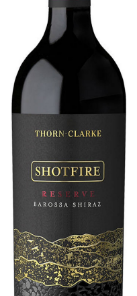 Thorn Clarke Shotfire Reserve Shiraz 2019
Thorn Clarke Shotfire Reserve Shiraz 2019 